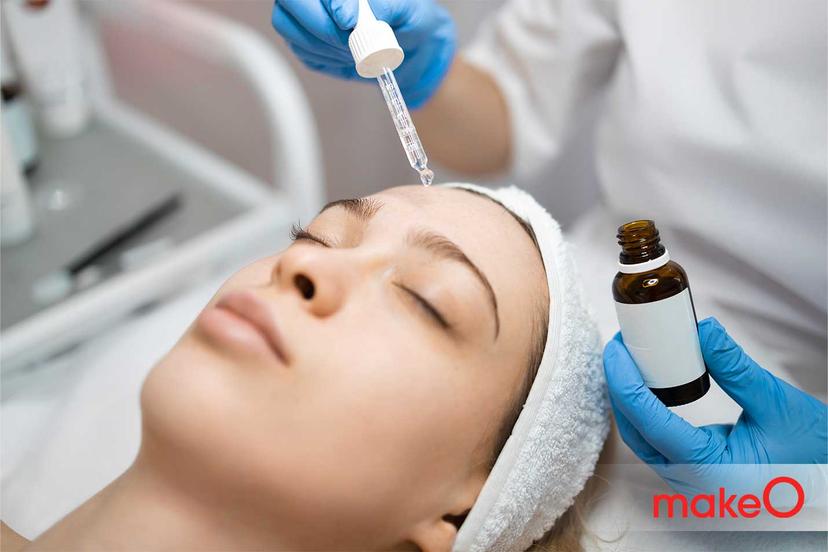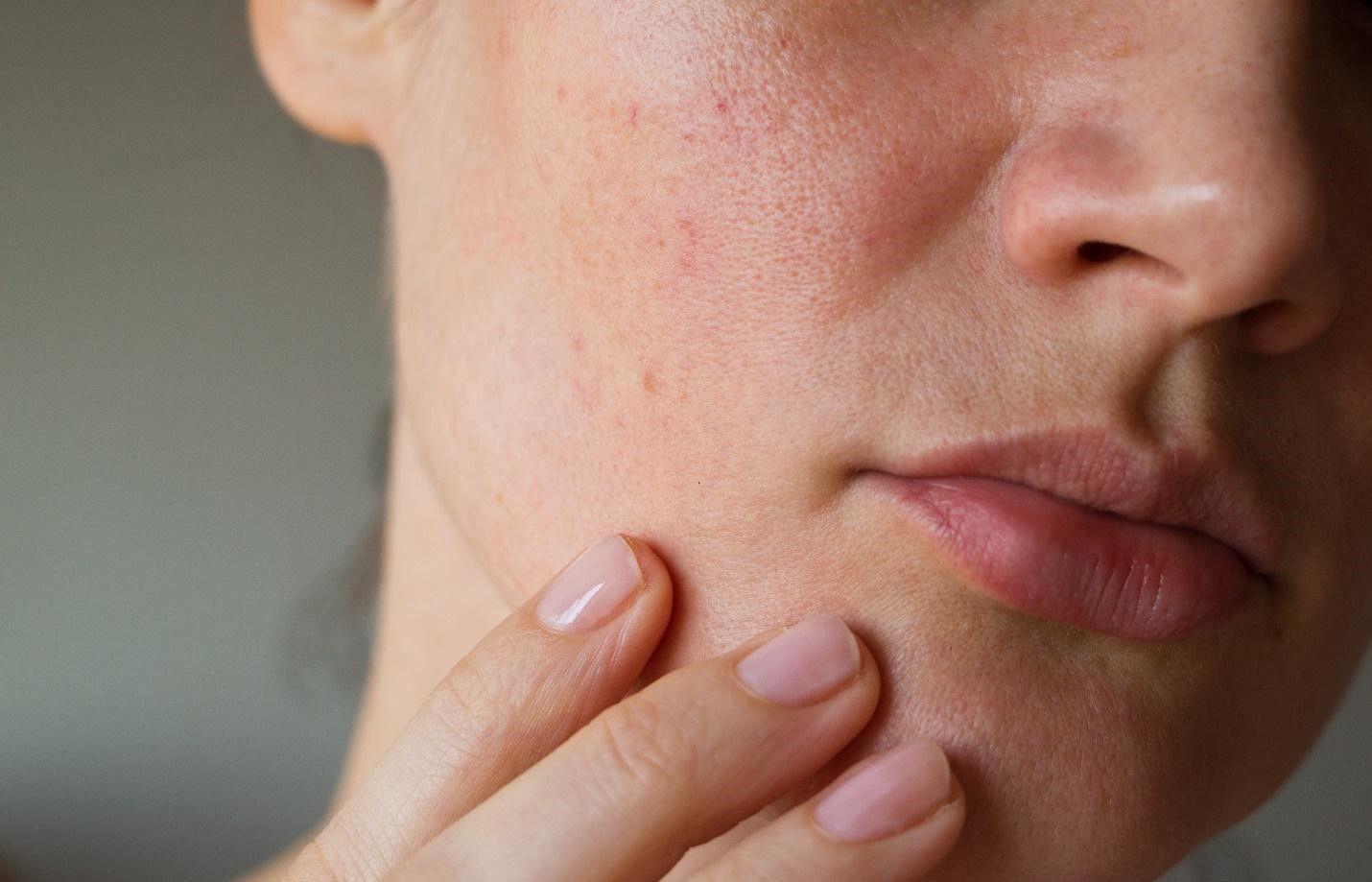MakeO blog
What is Sebum?
Sebum is a mixture of oils, waxes, and fatty acids that is produced by sebaceous glands in the skin. These glands are found all over the body but are most concentrated on the face, scalp, and chest. Sebum helps keep the skin hydrated and protected. However, too much sebum can do more harm to the skin's health than good.
In this blog post, we will discuss the common causes of sebum overproduction and what you can do to manage it. So whether you're concerned about oily skin or acne or you just want to learn more about managing sebum overproduction, read on!
Internal Factors Leading To Sebum Overproduction
Sebum helps to keep the skin hydrated by forming a barrier on the skin's surface. This barrier prevents water from evaporating from the skin, which helps to keep the skin moist. That being said, the benefits of sebum for the skin only stand true when its production is controlled. Excess sebum can lead to oily skin and even acne. This is because sebum can trap dead skin cells and bacteria in the pores, which can lead to inflammation and acne breakouts.
We all have different skin types and the causes for sebum overproduction can vary from person to person. However, the experts at makeO have listed some of the common causes that lead to the excess production of sebum on the face:
1. Hormonal changes
Sebum production is influenced by hormones, so sebum overproduction is often seen during puberty, pregnancy, and menopause. This is because hormones like testosterone and androgens stimulate sebaceous glands to produce more sebum.
2. Genetics
Some people are simply more prone to sebum overproduction than others. This is due to genetics, which can influence the size and activity of sebaceous glands.
3. Certain medications
Some medications, such as steroids and testosterone, can increase sebum production. These medications can alter the levels of hormones that regulate sebum production.
4. Certain lifestyle factors
Stress, oily foods, and hot weather can all contribute to the excess production of sebum on the face.
5. Skincare products
Some skin care products, such as those that contain oil, wax or other comedogenic ingredients can clog pores and lead to overproduction of sebum on the face.
It's important to note that not everyone who experiences these factors will develop sebum overproduction. However, if you are concerned that you may be prone to sebum overproduction, it's a good idea to take measures to control it to talk to your dermatologist. They can help you determine if you have sebum overproduction and recommend treatment options if necessary.
Tips to manage Sebum Production
You can control the production of sebum on your skin with a few lifestyle and dietary changes. Here are the tips that will help you manage the sebum production:
- Wash your face with a gentle cleanser two times a day. This will help to remove excess sebum and dead skin cells from the skin's surface.
- Use a non-comedogenic moisturiser. This type of moisturiser will not clog your pores and will help to keep your skin hydrated without making it oily.
- Avoid oily foods. Oily foods can trigger sebum production, so it's best to avoid them if you have oily skin.
- Drink plenty of water. Staying hydrated will help to keep your skin from becoming too dry, which can lead to sebum overproduction.
- Manage stress. Stress can trigger sebum production, so it's important to find ways to manage stress in your life.
Conclusion
If you are someone who has always struggled with excessively oily skin, you can try out the above-mentioned tips to keep your skin healthy and clear. You can also resort to professional help from makeO skinnsi changed to makeO skin (formely skinnsi), India’s leading clinical beauty brand. makeO skinnsi changed to makeO skin (formely skinnsi) offers a variety of products that can help to manage sebum production.
If you opt for the oil-control facial treatment, the professionals will come to your home and perform the treatment on you. The whole process will be monitored by expert dermatologists. The oil-control facial kit provides you with all the products that you can use to perform the treatment yourself at home. Both these treatments are effective at reducing excess oil and preventing acne breakouts. These products are made with natural ingredients that are gentle on the skin, and they are also non-comedogenic, so they will not clog your pores.
FAQs
What happens when your skin produces too much sebum?
If your skin produces excess sebum, you might notice larger pores and oily skin. This can clog your pores and result in acne.
How to control excess sebum on the face?
You can try out the following tips to keep the sebum production in check: Wash your face regularly, use a non-comedogenic moisturiser, avoid oily foods and drink plenty of water.
Which hormone is responsible for sebum overproduction?
Androgens. Sebum production is most significantly influenced by Androgens.
What foods should you avoid if you have oily skin?
If you have oily skin, try to stay away from Refined carbohydrates, fried foods, dairy products, salty foods and red meat.
related categories
Related articles

Anti-Ageing Face Oils: Unveiling the 10 Best Facial Oils for Youthful Skin

5 Common Mistakes to Avoid When Using a Face Roller

Is Aloe vera effective for acne? Find out

5 Side Effects of Hair Removal Creams That You Must Know

